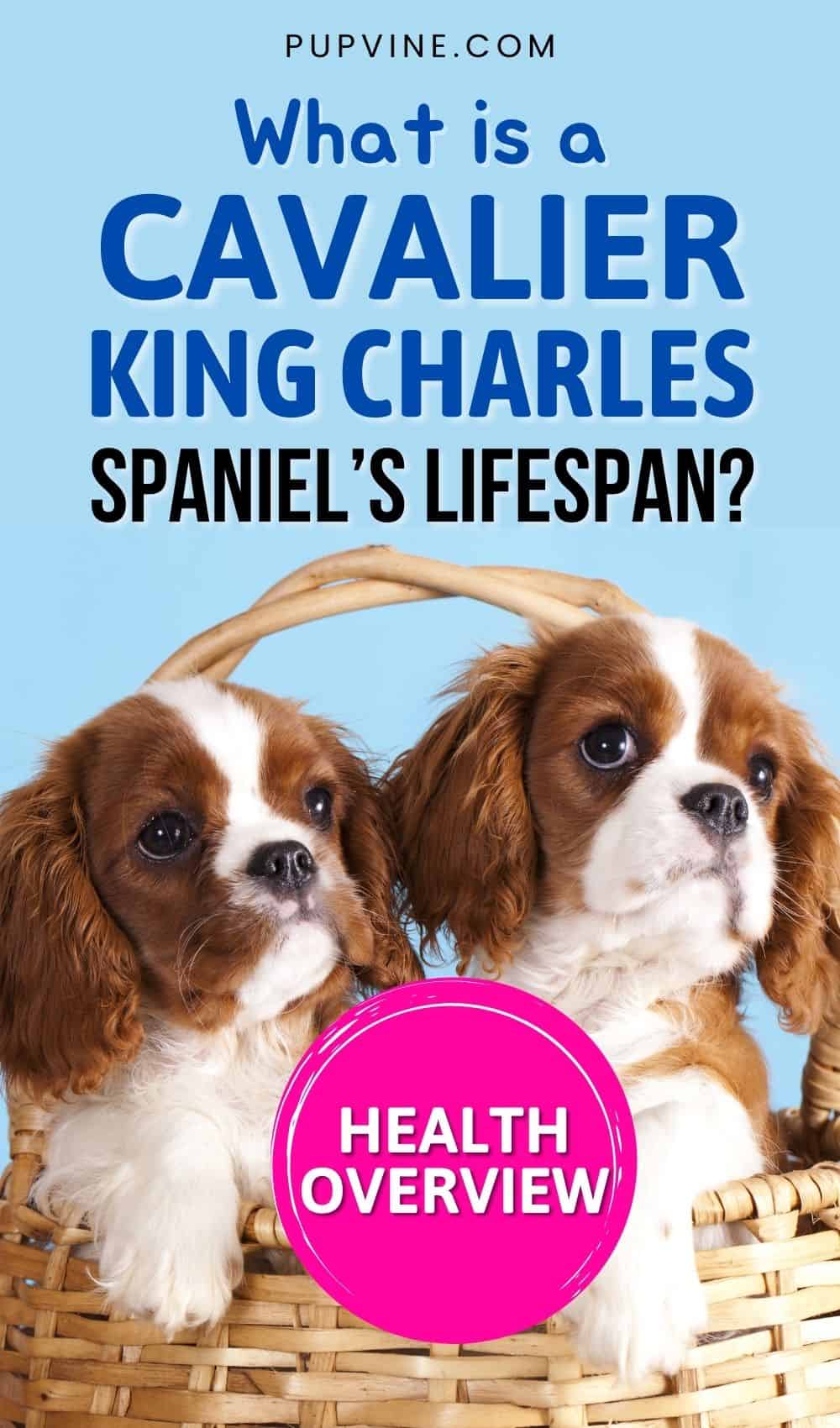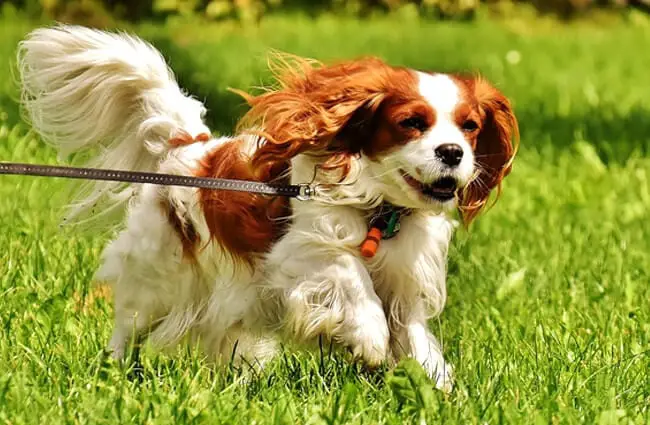

We said that a full sibling cross resulted in inbreeding of 25%. The problem with Cavaliers is that their level of inbreeding is extraordinarily high. For a recessive mutation in the genome, that is a 25% risk of producing an affected animal. Full-sib pairings produce offspring with inbreeding of 25%. In most cultures, that disease risk is deemed too high, and these marriages can even be banned.įor half-sib pairings, the inbreeding produced in the offspring is higher, averaging 12%. For recessive mutations, that is also a risk of genetic disease at the same level of 6%. This is because your children would be inbred, at a level of 6.25%. In most societies, marrying your cousin is frowned upon. Eventually closed populations like this have such high levels of inbreeding that they are wrecked by health problems and infertility, and they simply go extinct. So the variation in the genes in those original 8 dogs is gradually lost over time.

Furthermore, gene variants are lost every generation through selective breeding and also just by chance. Over time, the animals in a closed population can ONLY become more closely related (genetically similar) to each other. It's a bit like trapping you and your immediate family on an island from which there is no escape. There are no "outcrosses" here every dog is closely related to every other dog. Also, because the stud book is closed, dogs can only breed to related dogs.

If the stud book is closed, then all the genes the breed will ever have come from those few dogs. I've seen numbers of 6 and 8 let's just call it a handful. The Cavalier King Charles Spaniel was founded on only a handful of dogs.


 0 kommentar(er)
0 kommentar(er)
